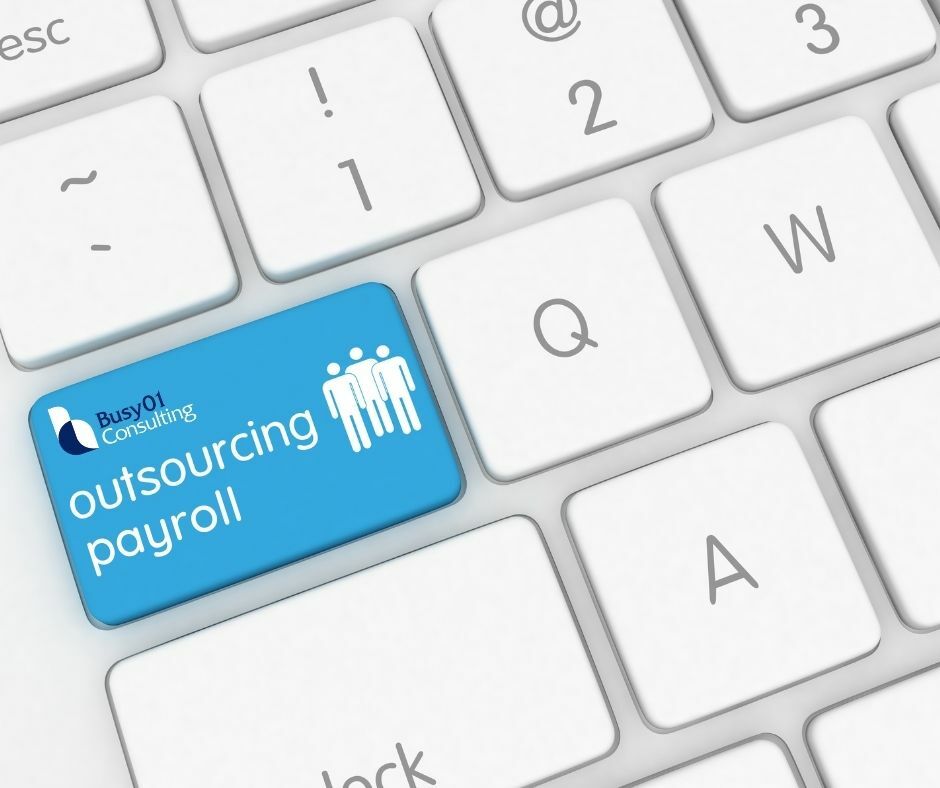
Cost of sales affecting gross profit
Cost of Sales Affecting Gross Profit
Do you know how much it costs you to produce each product or service in your range?
The better you can understand this cost of sales – or cost of goods sold (COGS), as it’s more commonly known – the more ability you have to control your company’s profitability. When you know your COGS, you can set the right price point, control your profit margins and ensure that you’re maximising your gross profit.
But to do this, you need to understand COGS and how it impacts on your financial management.
Understanding your Cost of Sales
To take one of your company’s products or services from inception to delivery, you will incur a number of costs.
For example, if you’re a manufacturing business, these costs might include buying in raw materials, direct labour costs, the overheads for running the machinery in your factory, the costs of delivering the products and the sales and marketing expenses needed to sell the product to your target customers.
For you to manufacture a finished product and to generate a sale, all these costs are a necessary part of the process. They’re the direct costs of producing your goods for sale.
You calculate your COGS number for the period by looking at the value of your opening stock (or inventory), adding the cost you’ve incurred to produce the goods and then subtracting the value of the closing stock balance.
The COGS formula looks like this:
Opening Stock + Purchases - Closing Stock = COGS
So, if you started with an inventory of $10,000, this is how you’d calculate your COGS:
- Opening Stock: $10,000
- Purchases: $25,000
- Closing Stock: $8,000
- COGS: $27,000
Reducing your COGS to boost gross profits
The more sales you make at a given price, the higher your revenue (income) will be. Deducting your COGS number from your revenue figure gives you your gross profit – and gross profit is a key metric for tracking the health and profitability of your business.
A high COGS number reduces the size of your profit margin. And, in turn, a small margin will start to have a negative impact on your gross profit. Being able to control and manage your COGS, and its impact on your gross profit, is a vital skill for any product-based business.
Here are some ideas for improving the profit impact of your COGS:
Reduce your supplier costs
If you can reduce the size of the purchases made to produce your goods, that means less expenditure and less impact on your profit margins. Try shopping around for cheaper suppliers, or negotiating better prices with your existing suppliers to bring down costs.
Streamline your production process
The more complex your production process is, the more overheads and production expenses there will be. Taking a lean approach helps you to continually evolve your processes and remove the extraneous elements – cutting costs while still delivering a quality product.
Increase your prices to boost your margins
If your COGS number is eating into your profit margin, one way to resolve this is to increase your price point. This will help to increase income and boost your margin but does require caution. If prices get too high, this can damage existing customer relationships and make you uncompetitive in the market – so think carefully about any price increases before taking action.
Talk to us about improving your gross profit.
If you want to boost your gross profit and get COGS under control, come and have a chat with us. We’ll look over your expenses and overheads, and will look for the opportunities to reduce your goods-related purchases and push for a better profit margin on your products.








